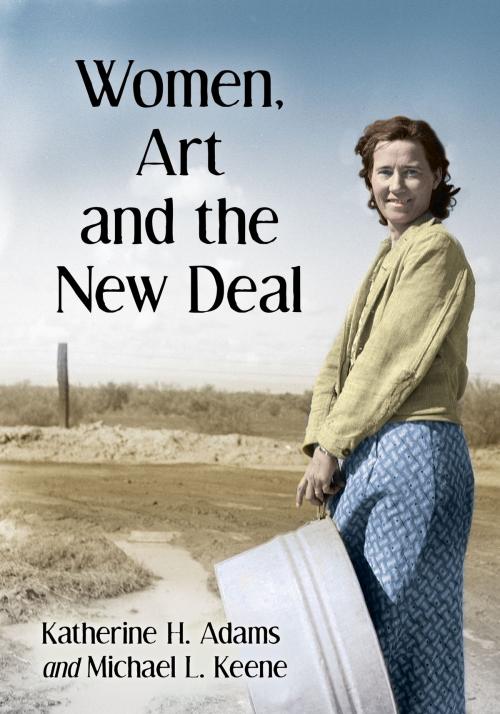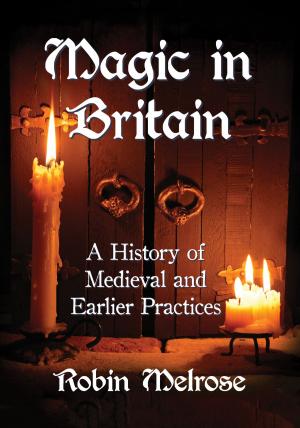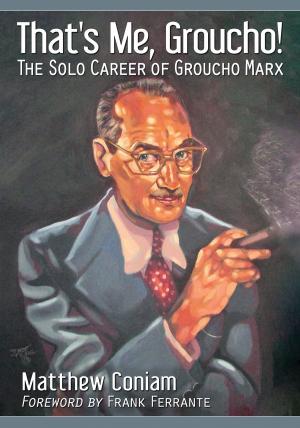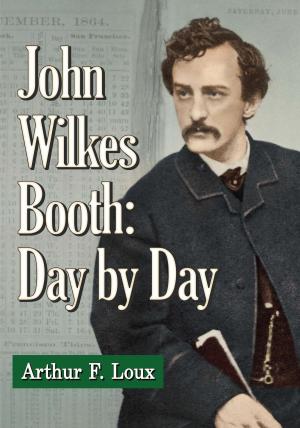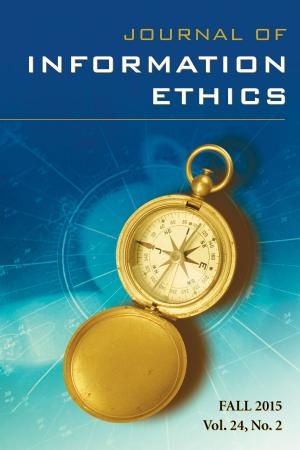Women, Art and the New Deal
Nonfiction, Social & Cultural Studies, Social Science, Gender Studies, Women&, Art & Architecture, General Art, History, Americas, United States| Author: | Katherine H. Adams, Michael L. Keene | ISBN: | 9781476623665 |
| Publisher: | McFarland & Company, Inc., Publishers | Publication: | December 23, 2015 |
| Imprint: | Language: | English |
| Author: | Katherine H. Adams, Michael L. Keene |
| ISBN: | 9781476623665 |
| Publisher: | McFarland & Company, Inc., Publishers |
| Publication: | December 23, 2015 |
| Imprint: | |
| Language: | English |
In 1935, the United States Congress began employing large numbers of American artists through the Works Progress Administration—fiction writers, photographers, poster artists, dramatists, painters, sculptors, muralists, wood carvers, composers and choreographers, as well as journalists, historians and researchers. Secretary of Commerce and supervisor of the WPA Harry Hopkins hailed it a “renascence of the arts, if we can call it a rebirth when it has no precedent in our history.” Women were eminently involved, creating a wide variety of art and craft, interweaving their own stories with those of other women whose lives might not otherwise have received attention. This book surveys the thousands of women artists who worked for the U.S. government, the historical and social worlds they described and the collaborative depiction of womanhood they created at a pivotal moment in American history.
In 1935, the United States Congress began employing large numbers of American artists through the Works Progress Administration—fiction writers, photographers, poster artists, dramatists, painters, sculptors, muralists, wood carvers, composers and choreographers, as well as journalists, historians and researchers. Secretary of Commerce and supervisor of the WPA Harry Hopkins hailed it a “renascence of the arts, if we can call it a rebirth when it has no precedent in our history.” Women were eminently involved, creating a wide variety of art and craft, interweaving their own stories with those of other women whose lives might not otherwise have received attention. This book surveys the thousands of women artists who worked for the U.S. government, the historical and social worlds they described and the collaborative depiction of womanhood they created at a pivotal moment in American history.
